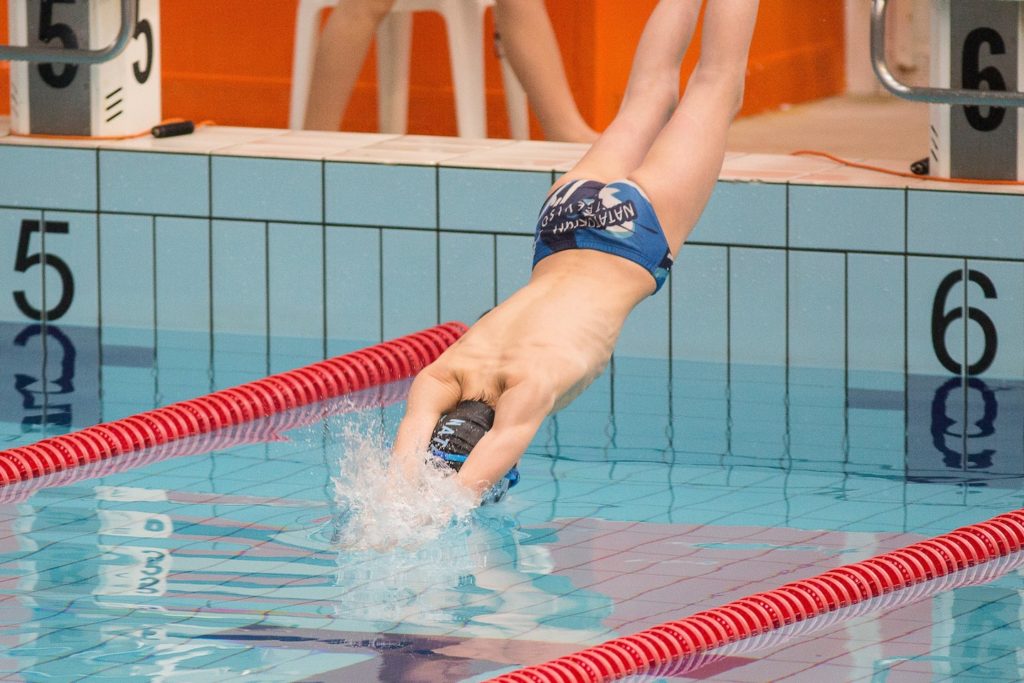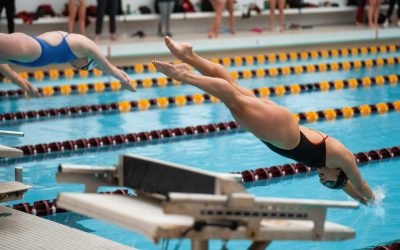Dear Coach Bryant:
I keep hearing about universities cutting their sports programs because of Covid-19 financial pressure. I’m nervous that the teams my son is researching now may not exist once he arrives on campus.
My son is a high school swimmer and he has had to give up so much already. I can’t stand to think about him being disappointed again. Given all these uncertainties, is it even worth him planning to swim in college? Should we still be considering athletics as a priority for his college experience? How will we know what to count on?
Protective Parent

Dear Protective,
I understand your concern. At my last count, 71 college sports at NCAA and NAIA institutions have been eliminated in Covid-19 cutbacks. Some colleges have cut multiple sports; others have eliminated only one. The reality is that the expensive sports that don’t provide tickets/television revenue are most at risk. While almost everything is now on the table, some revenue lost during March Madness could be recouped if fall football resumes.
While uncertainties abound, the following certainties can help parents understand more about how decisions are made and why sports involvement is still so important:
1. Athletics is an enrollment driver.
Even sports that don’t generate ticket/television income boost university coffers through increased enrollment. Many students who have never played on a court or field consider sports an integral part of their college experience. They can’t imagine attending a school without on-campus sporting events.
But fans aren’t the only enrollment driver. Sports Illustrated recently cited a 2016 scholarshipstats.com study detailing how one non-revenue generating sport can provide $1 million in academic revenue by drawing tuition-paying student athletes to campus. According to the Intercollegiate Coach Association Coalition, Olympic sport athletes (track, soccer, skiing, beach volleyball and other “small” sports) who receive little or no scholarships generated $3.6 billion in tuition last year for their schools. According to a recent Big 12 tally of graduate scholarships, Olympic sport athletes are also some of the most academically successful on campus.
2. College culture drives decisions.
While not all bursar officers recognize those realities, the good news for athletes is that some alumni are so outraged by sport eliminations that they are raising funds to reinstate cancelled programs. Such alums see those programs as not only what keeps them connected to their alma maters, but vital to promoting students’ growth and development. (Incidentally, a recent NCAA-sponsored Gallup poll showed former student athletes more likely to donate funds to their college than non-athlete alums.)
Although some administrators will continue to see sports cancellations as a fast financial fix, others are very in-tune with how sports support their schools’ overall education culture. They recognize how sports fosters a sense of community and lifelong love of the university, building not only ongoing alumni involvement and endowments, but the institution’s reputation for excellent, holistic education.
3. Teams provide strong support networks.
While parents are understandably worried about Covid-19 risks, I believe today’s student-athletes need a team’s support system now more than ever. Sports not only promote character formation, but build a sense of community. In an uncertain time, students who are fortunate enough to be part of a college team will not only benefit from participating in his/her sport, but also benefit from the mental/social support provided by coaches, mentors and teammates. Such benefits last long past graduation. A recent Gallup survey found former NCAA student-athletes more likely to be thriving in purpose, social, community and physical well-being than their non-athlete peers.
Sports also propel student involvement, long recognized as a key student retention factor. According to the American Association of Collegiate Registrars and Admission Officers, student engagement during the higher education experience leads to higher student retention rates and increased institutional commitment.
The Reality
College sports are an integral part of college life. Sports teams are an integral part of student athletes’ support networks. Leaders of the best and most well-rounded universities (the very schools where protective parents want their kids to go) understand those realities. That’s why, amid the pandemic-driven struggle for tuition dollars, many college administrators will find a way to preserve each of their sports programs.
Recommendations
I suggest parents investigate the college culture their child is considering. Does the school consider sports part of its legacy? How long has the team you’re considering been established? How successful has it been? Is the program endowment-funded? Are those funds of considerable size? If such information is unavailable online, the coach can answer those questions.
Need to know more about how to guide your student-athlete’s college search, contact me.





